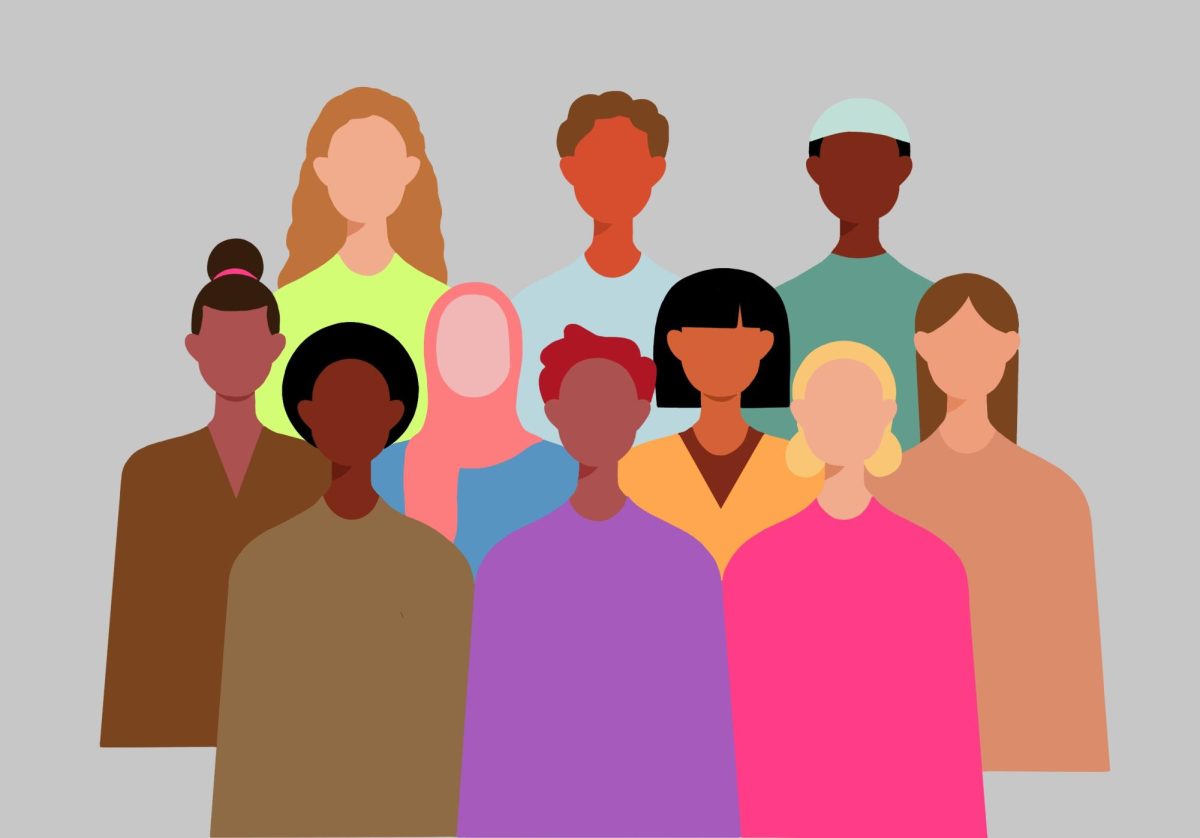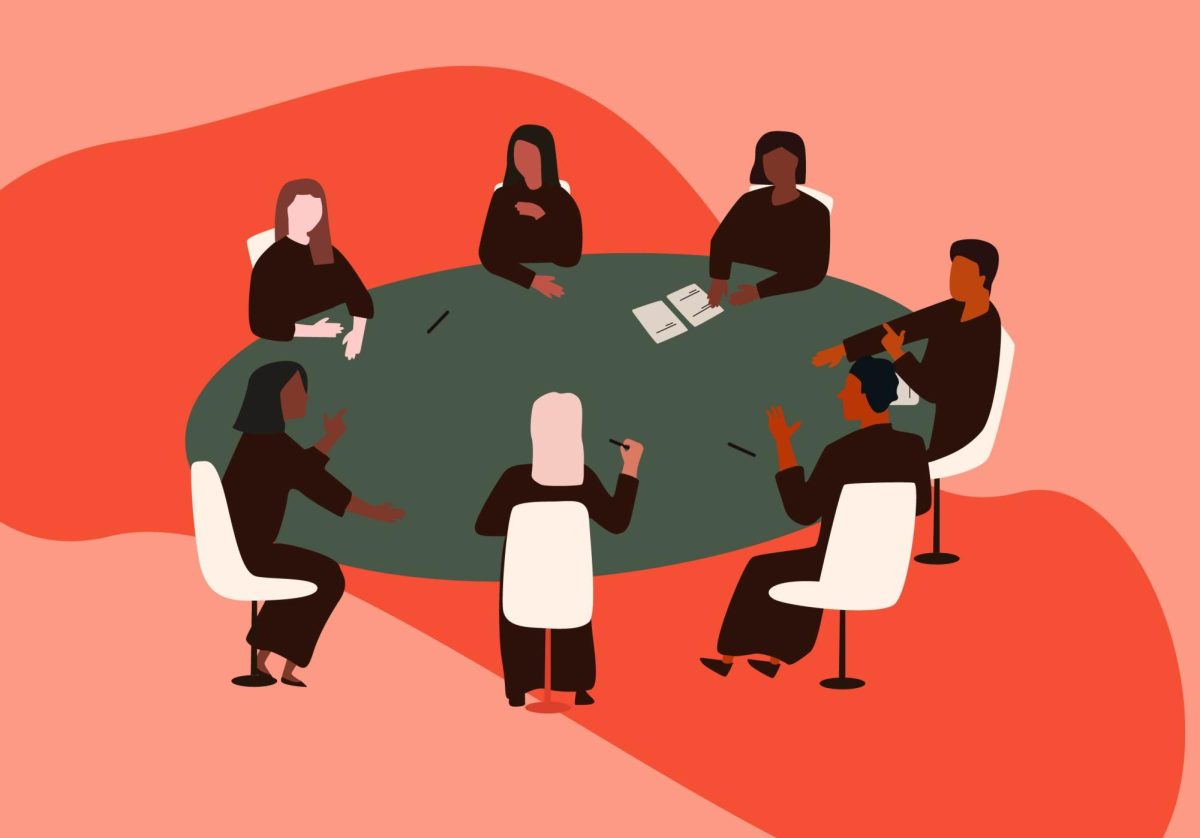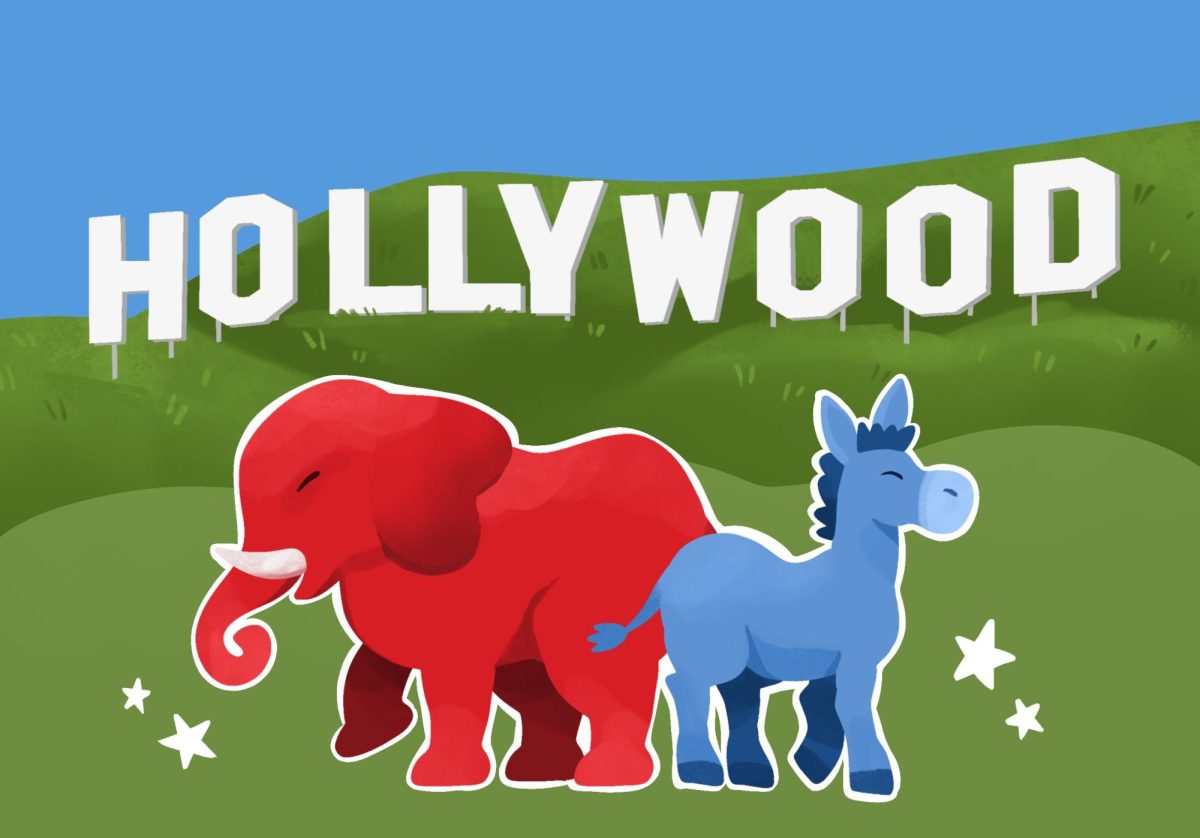I still remember the first Vine I ever made. It was on one of those mid-summer days in high school where all the fun activities you planned sitting in class had been done a million times and the late summer panic of “Oh my gosh, school starts in two weeks” had not yet set in, leaving you in a boredom as constant as the heat. For some reason that summer, I thought that recording my life through the calculator-worthy camera of my iPod touch would perhaps bring me some entertainment. My first Vine was dumb and boring, just clips of my living room couch and a funny face in the mirror spliced together into six seconds, but it was my virgin dip into the Vine’s deep well of culture.
It’s been almost a year since Twitter shut down Vine, yet its cultural fruit remains a kind of internet delicacy. A scroll through my Twitter timeline always surfaces a #RIPVine thread, and a dorm neighbor quotes iconic Vines like a bearded, wire-rimmed glasses-wearing poetry professor recites Shakespeare’s sonnets.
I see no issue in this nostalgia as a columnist/paid-complainer — every single thread exposes me to a new Vine that makes me laugh. Rather, those six second videos of absurdity make me miss what was perhaps the Internet’s most pure and funny form of self-expression ever. In a time where technology companies can make cars drive themselves and simulate human brains, but “mistakenly” allow white supremacists to gain massive followings, the youthful optimism and vigor of Vine is dearly missed.
Vine was a place where it was OK to be weird. There was no aunt or elder peeping on what you were doing, like on Facebook. Neither did it have that vitriolic battleground of egos that Twitter so commonly erupts into. It was unfiltered self-expression, unconstrained by media’s traditional boundaries of who could say what. The world’s pop culture phenomenons — “What are those,” the Running Man Challenge, Nae Naes — were not subject approval to the tastes of old, conservative white men like our traditional media. It was an intimate creative space for the world’s youth, where they could simply be their weird, sometimes dumb selves and watch other people do the same.
There was no bar of professional quality for creators to reach, just an expectation of authenticity. The app was remarkably organic, constantly surging with currents of allusions and memes. Vine somewhat formed a royalty of famous Viners, but the app never got the bourgeois-proletariat dynamic that YouTube is creatively constrained by. Bored teenagers, particularly minorities, were the creative fuel of the app.
Yet Vine was always a product of our modern business environment. The New Yorker’s Brian Patrick Eha described Vine as a “rare corporate product that feels like a public good.” In fact, it was so much a unique ecosystem that Twitter never found a way to make it profitable. Vine never aspired to replace the profitable movie or TV; at its best, it simply filled in the spaces of our cultural discourse that we had always ignored.
The ultimate tragedy of Vine is that such a positive, creative force for young people died. It was one of the purest distillations of the positive qualities of technology. Unfortunately, the monolithic internet companies that continue to smother us in their all-encompassing embrace haven’t demonstrated to us that they are willing to build a similar environment. Vine is dead and we may never get a place like it back.





















